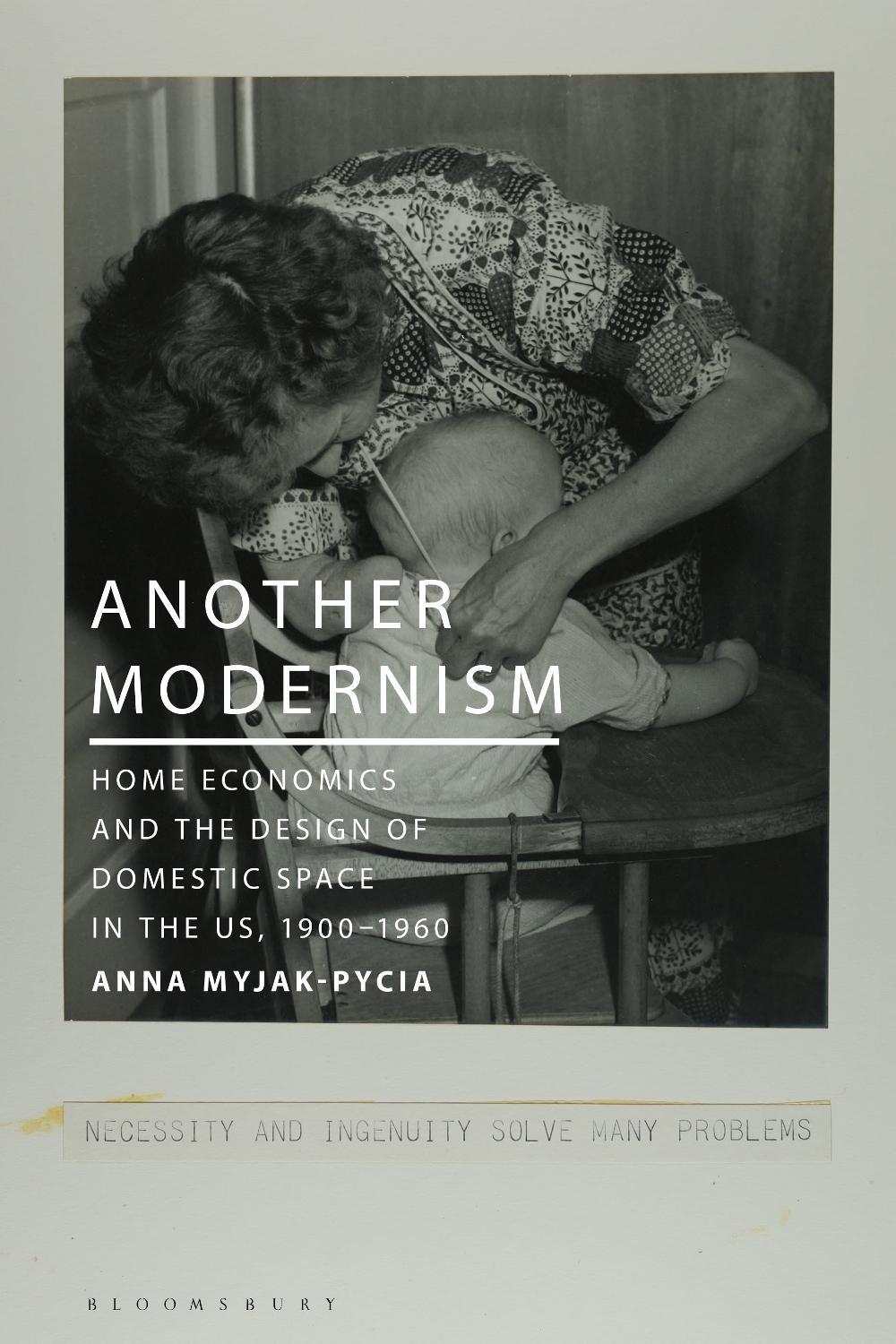
Another Modernism
home economics and the design of domestic space in the us, 1900-1960
$363.61
- Hardcover
256 pages
- Release Date
26 November 2025
Summary
Another Modernism: Women, Home Economics, and the Unseen Revolution in American Design
Filling an important gap in design history, Another Modernism examines how domestic space was conceived by the US home economics movement in the first half of the 20th century.
In doing so, it tells the story of how home economists—mainly women—developed design that challenged the traditional architecture of American farm communities and countered the approach of …
Book Details
| ISBN-13: | 9781350416383 |
|---|---|
| ISBN-10: | 135041638X |
| Author: | Anna Myjak-Pycia |
| Publisher: | Bloomsbury Publishing PLC |
| Imprint: | Bloomsbury Visual Arts |
| Format: | Hardcover |
| Number of Pages: | 256 |
| Release Date: | 26 November 2025 |
| Weight: | 740g |
| Dimensions: | 236mm x 162mm x 20mm |
You Can Find This Book In
What They're Saying
Critics Review
A deep scholarly dive into an important design movement of the twentieth century, not Art Deco or Bauhaus modernism but … Home Economics. The pioneering work of the “domestic engineers,” such as Ellen Richards, Christine Frederick, and Lillian Gilbreth, whose influence on the way we live and work in our homes continues to be deeply felt, deserves serious study and receives it in this thoroughly researched and wide-ranging book. * Witold Rybczynski, author of Home and The Story of Architecture *
Another Modernism fills an important gap in our knowledge of domestic design. The book shows how parallel to the male-dominated world of 20th-century architecture ran the remarkably rich world of female-dominated interior design, which engaged just as deeply with technology, theory, social issues, health, research, and reform. This separate but equal strand, understood as an alternative modernism, shaped domestic life and work just as profoundly–and arguably more universally–as the heroic figures of the Modern Movement did.Some of the findings are astonishing. Black “home agents” traveled through rural areas of the American South helping women learn how to manage their households more efficiently and healthfully. Home economists were also on the forefront of thinking about domesticity for the disabled, in part because they took the embodied experience of domestic life and labor seriously. Design was imagined in tactile and experiential rather than visual terms, an entirely different take on form following function. Furthermore, their studies prefigured the emphasis on participatory design that would come into vogue in the 1960s. In effect, the social mission of the Modern Movement was carried out palpably by home economists who focused on the democratic application of their principles for common people. Finally, home economics educated generations of women in design–women who otherwise would have had little or no opportunity to do so–while giving an outlet to female architects who found their path into the profession blocked.
* Andrew Shanken, Professor of Architecture and American Studies, University of California, Berkeley, USA *About The Author
Anna Myjak-Pycia
Anna Myjak-Pycia is a senior researcher at the Institute for the History and Theory of Architecture (GTA), ETH Zürich, Switzerland.
Returns
This item is eligible for free returns within 30 days of delivery. See our returns policy for further details.




